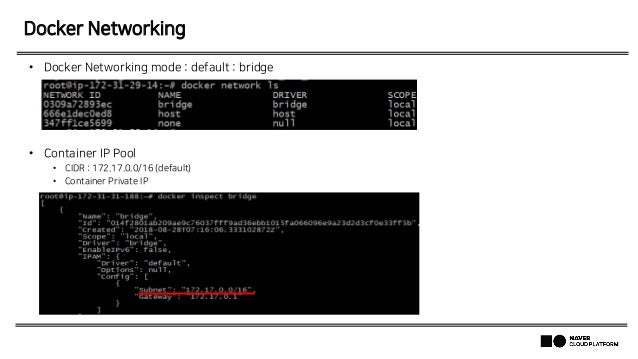

If your Raspberry Pi is located at 192.168.1.6, for instance, then go to to go to the Portainer web administration page. To install Portainer is simple with the following commands:ĬONTAINER ID IMAGE COMMAND CREATED STATUS PORTS NAMESģec764b0b2de portainer/portainer "/portainer" 5 seconds ago Up 3 seconds 0.0.0.0:9000->9000/tcp frosty_kirch I personally like having the option to use either command line or GUI. However, I think it can be useful for beginners or maybe if you just want a simple way to visualize your Docker configurations. I know this probably makes the command line geeks cringe. Instead of creating a script, I thought I would check out Portainer so I could use Docker from a graphical web interface. I incorrectly used pihole/pihole:latest which will not work on ARM processors like the Raspberry Pi. For the Raspberry Pi, you must use the image: pihole/pihole:4.1_armhf. The biggest issue is that I pulled down the wrong Docker image since I was following directions that was not specific to the Raspberry Pi. I took that approach at first, but I encountered a few issues. To install the Pi-hole Docker image, you could follow the directions on the Pi-hole GitHub or DockerHub pages to create a script that can be executed to run Pi-hole in Docker. You will need to log out and back in or reboot your Raspberry Pi in order for the group change to occur. A single command on the terminal is all you need: Installing Docker on the Raspberry Pi is quite simple. After experiencing a few issues with installing Pi-hole (which was likely my fault for not following directions), I tried running Pi-hole as a Docker image.


I decided to give it a try on the Raspberry Pi since Pi-hole is a perfect light weight application to install on a low power single board computer. , but it is currently supported on a variety of hardware platforms. Pi-hole was originally designed to run on a Raspberry Pi (affiliate link) Even if your router has the logs available, it normally does not aggregate and display the data in a user-friendly format. Normally this information is either not visible or in logs buried on your router’s web interface (possibly under the advanced DNS settings). The high level statistics compiled by Pi-hole provides a much greater insight to what is going on in your home network. Pi-hole even has the ability to block network requests to malicious domains if the domain name is contained in one of the block lists. It does this by blocking known ad serving domains.

Pi-hole is open source software which provides ad blocking (and more) for your entire home network.


 0 kommentar(er)
0 kommentar(er)
